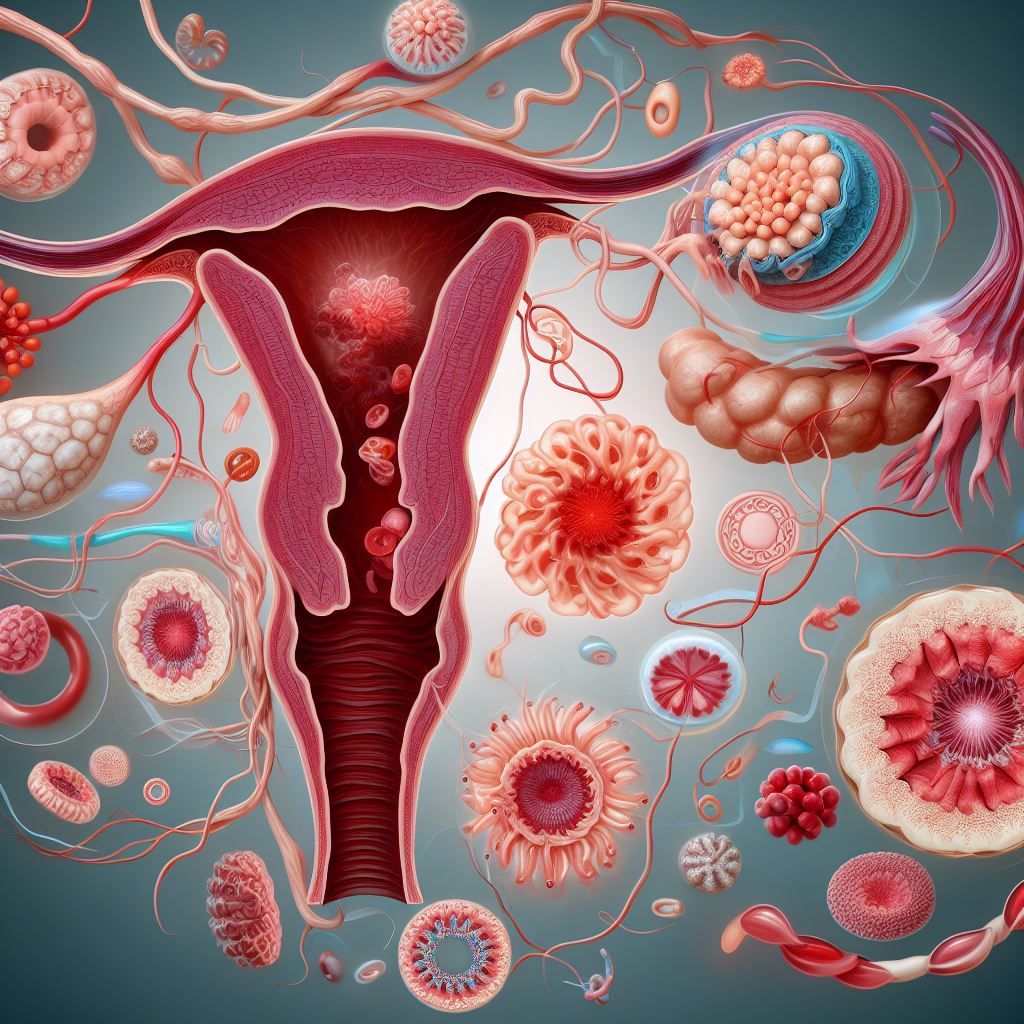The menstrual cycle is a natural process that occurs in women of childbearing age. Hormonal and physiological changes, occurring over approximately 28 days, characterize it.During this cycle, one of the most visible elements is menstrual bleeding, but few people know the details of the specific components of blood during this period.
In this article, we will explore in detail the components of blood during the menstrual cycle.
– Menstrual blood:
The main components of menstrual blood are blood, uterine tissue, and vaginal secretions. It exits the uterus through the cervix and leaves the body through the vagina.
The amount of blood can vary from woman to woman, but on average it is around 30 to 40 ml per menstrual cycle. This blood is composed of several substances that play an essential role in the menstrual process:
– Red blood cells:
Red blood cells, also called erythrocytes, are the most abundant components of blood and are responsible for their characteristic red color. They are notably responsible for transporting oxygen from the lungs to different parts of the body.
During the menstrual cycle, the presence of red blood cells in menstrual blood is normal, but in lower quantities than in circulating blood.
– White blood cells:
White blood cells, also called leukocytes, play a key role in the immune system by helping to fight infections and pathogens.
They are present in menstrual blood to prevent potential infections resulting from the openings of the uterus as blood flows.
– Platelets:
Platelets are blood cells responsible for forming blood clots to stop bleeding. During menstruation, hormonal fluctuations can affect blood clotting, which can lead to heavier bleeding in some women.
– Uterine tissues:
As the endometrium (uterine wall) prepares to receive a fertilized egg, it thickens each month. If fertilization does not occur, the body expels and sheds the endometrium during menstruation.
During this phase of the menstrual cycle, the body expels pieces of uterine tissue with the blood, adding to the material in the menstrual flow.
– Hormones:
Menstrual blood also contains hormones, including estrogen and progesterone, which play a crucial role in the menstrual cycle.
The ovaries produce these hormones, regulating the development of the uterus and the release of the egg. During menstruation, estrogen and progesterone levels decrease, causing the endometrium to slough.
Conclusion:
The menstrual cycle is a complex and fascinating process, involving many hormonal and physiological changes in the body.
Menstrual blood, made up of red blood cells, white blood cells, platelets, uterine tissue, and hormones, plays a vital role in this process.
Understanding the components of blood during the menstrual cycle can help women better understand their bodies and manage their menstrual health more effectively.

